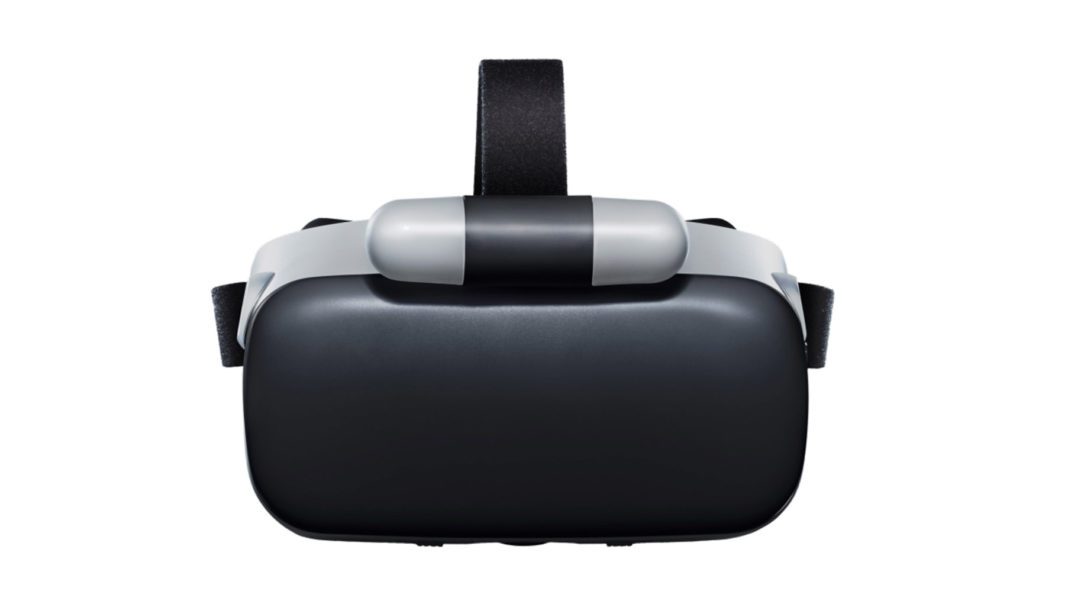When a company like HTC makes a virtual reality related release, it’s widely expected to be attached to the Vive brand. It makes marketing sense. It makes market share sense. It makes product awareness sense. But, it’s not how it’s happening on HTC’s newest headset called Link. Not branding it under the very recongnizable Vive umbrella is actually more perplexing that just marketing and consumer awareness. In 2015 HTC set up the Vive Tech Corporation subsidiary, which, at the time, was made to house all of their virtual reality offerings. So more than a few people were a little shocked at the announcement.

Maybe HTC didn’t want to cloud the recent Vive partnership with Google? Maybe they want to see how far a non-Vive related HMD will go in the already aggressive mobile segment? Maybe HTC just wants us all to ask a lot of questions? We can’t say for sure on any of those fronts, but we can say that what we’re hearing about this HMD is pretty impressive and it could be big for fitness.
Vive’s release on the matter wasn’t exactly packed with info:
It is the only mobile VR terminal in the world that can enjoy the ability to move around in VR space (hereinafter referred to as 6 DoF) and connect with smartphones… we plan to sell through a communication carrier (sold separately as an accessory * price is yet to be determined) and further realize a selling method that is easy for our customers. VR content will be deployed to the “LINK” sequential lineup that we have cultivated in HTC so far.
What We Do Know
This new headset is designed to work with the U11 smartphone that HTC announced last month. They’re planning on it using an outside-in tracking system to support 6DOF tracking, which is a big deal since it’s the first from a major company to do so in the mobile space. Unfortunately, this will be a Japan only release for the time being.
How does this bode well for fitness experiences? According to HTC, “by installing a high-performance CPU and VR lens, it became possible to instantaneously synchronize the movement of the body of the VR viewing screen with the body.” They also made specific reference to make it clear that this model is intended to have a significantly better experience for actionable experiences: “By reducing the discrepancy between the VR screen and the vision of the customer, it makes it easier to watch and experience, and you can enjoy it for a long time.”
Why Isn’t this a Vive Product?
A lot of industry insiders were expecting HTC to release a Daydream-ready phone that would work with the Daydream HMD that Google released months ago. Instead, it seems that HTC’s Link is bucking that trend and forging new ground. All in all, this could also be a way for HTC’s non Vive branded arms to save face and have something to go with their cellphone offerings that have been subject to significant losses in the last couple years, especially in light of the fact that Vive has yet to find any way to integrate with the main brand’s mobile devices. Is there trouble in HTC Vive paradise? Probably not. But it’s hard not to draw the conclusion that the Vive folks have no desire to work with the HTC phone team and the phone team got tired of waiting for them to be included in the VR love that the Vive brand has been experiencing.

It is indeed shocking to have two arms of the same company not play well together and, ultimately, not work together on mutually beneficial solutions, but it does bode well for the consumer, especially one that has interest in VR fitness gaming. More options means more competition and more availability, but beyond that this new mobile solution could also make huge steps in the mobile segment, which will be huge for fitness in VR.






Comments are closed.